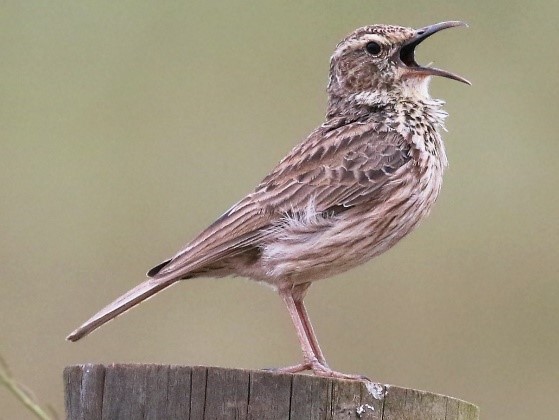Free Courses Sale ends Soon, Get It Now


Free Courses Sale ends Soon, Get It Now



Disclaimer: Copyright infringement not intended.
Context
Agulhas Long-billed Lark
Physical Characteristics:
Habitat:
Distribution:
Behavior:
Feeding Habits:
Population:
Conservation Status:
Importance in Ecosystem:
Nesting Practices Study:
Preference for Renosterveld:
Factors contributing to Renosterveld fynbos degradation and loss:
Agricultural Expansion:
Urbanization and Infrastructure:
Overgrazing by Livestock:
Invasive Species:
Fire Mismanagement:
Mining Activities:
Climate Change:
Conservation Needs:
Long-Term Conservation Strategies:
|
PRACTICE QUESTION Q. Consider the following statements: 1. The Agulhas Long-billed Lark is a bird species native to Egypt. 2. It predominantly nests in a vegetation type called Renosterveld fynbos. 3. The Agulhas Long-billed Lark is currently Classified as critically endangered on the International Union for Conservation of Nature (IUCN) Red List. How many of the above statements are correct? A. Only 1 B. Only 2 C. All D. None Answer: A. Only 1 Explanation: Statement 1 is incorrect. The Agulhas Long-billed Lark is not native to Egypt; it is native to South Africa, particularly in the southwestern part of the country. Statement 2 is correct. The Agulhas Long-billed Lark predominantly nests in a critically endangered vegetation type called Renosterveld fynbos. Statement 3 is incorrect. The Agulhas Long-billed Lark is currently classified as "Near-Threatened" on the International Union for Conservation of Nature (IUCN) Red List, not "Critically Endangered." |
© 2024 iasgyan. All right reserved